Water Damage Restoration Process
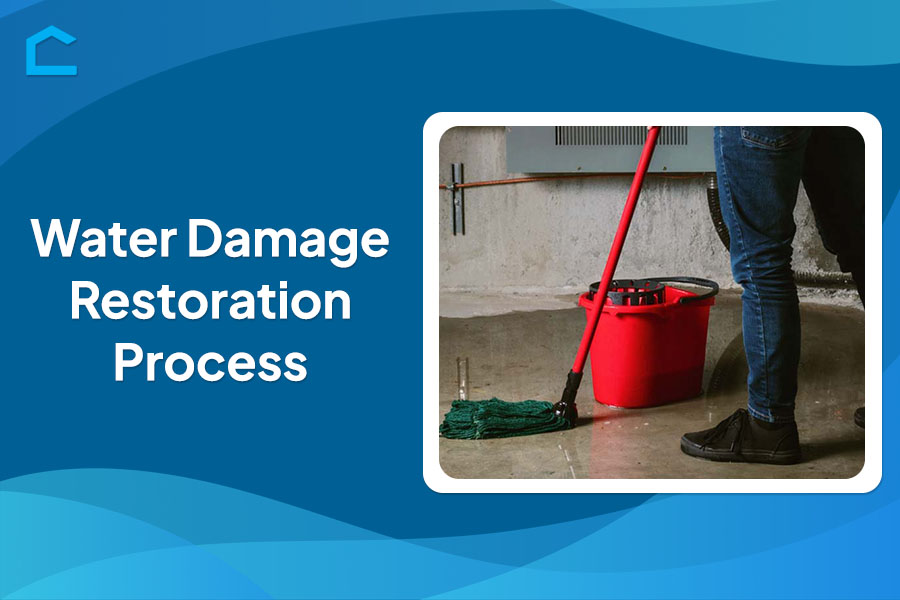
Water damage can strike at any time, leaving a trail of destruction in its wake. The aftermath can be overwhelming, whether caused by a burst pipe, a leaking appliance, or a natural disaster. Fortunately, the water damage restoration process is designed to mitigate the impact and restore your property to its pre-loss condition.
So, we aim to shed light on the intricate steps involved in this critical process.
Each phase is carefully executed to ensure a thorough and efficient restoration, from water extraction and structural drying to dehumidification and mold remediation.
Let’s get started!
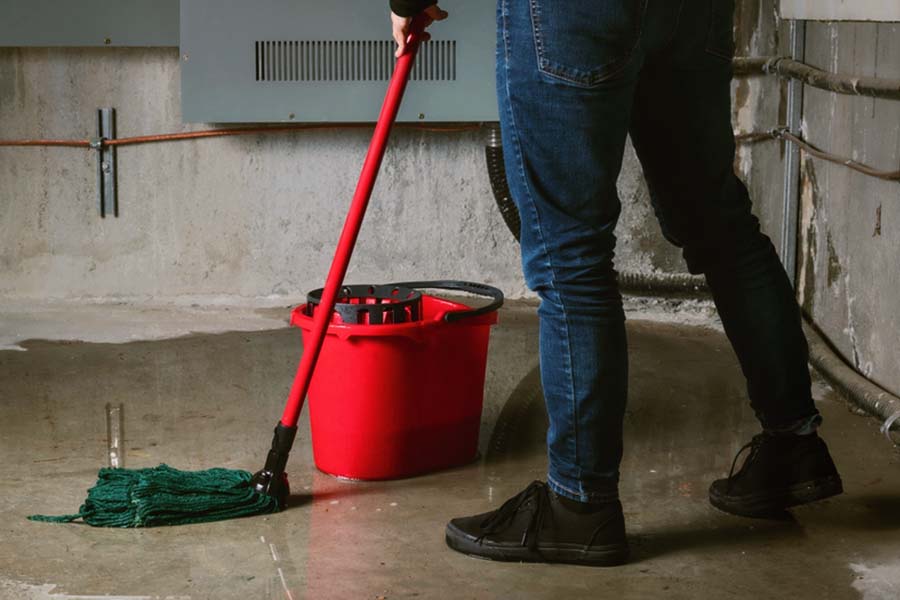
Source: shutterstock.com / Photo Contributor: sophiecat
The Water Damage Restoration Process
Step 1: Initial Inspection and Assessment
When water damage occurs, the first step is for professionals to thoroughly inspect and assess your place. They will carefully examine your affected areas to determine the extent and source of the damage, using specialized tools like moisture meters and infrared cameras. This comprehensive evaluation helps create an effective restoration plan tailored to your situation.
The type of water involved and any potential contamination levels are identified during this initial assessment phase. The assessment also looks for any safety hazards that need addressing.
Step 2: Water removal and extraction
Once the damage is assessed, removing any standing water from your property is the next crucial step. Restoration professionals utilize powerful pumps, wet/dry vacuums, and truck-mounted extraction units to quickly remove water from floors, carpets, and other saturated areas.
Even small amounts of remaining moisture must be extracted, as leaving any behind can lead to mold growth and further structural issues down the line. The longer water sits, the more damage it causes.
Therefore, water extraction must happen as quickly as possible. But you may need to remove the furniture to extract all areas properly.
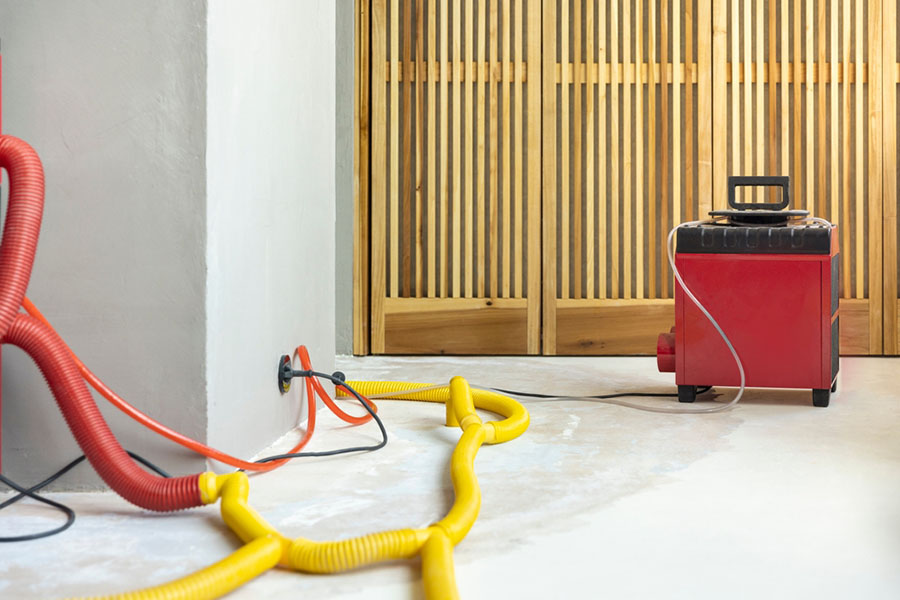
Source: shutterstock.com / Photo Contributor: Lea Rae
Step 3: Drying and dehumidification
The next step is thorough drying and dehumidification of the affected areas. Industrial-grade air movers and dehumidifiers are employed to swiftly eliminate any lingering moisture trapped in materials such as drywall, wood, and insulation.
Throughout this process, professionals monitor the drying progress using moisture meters to guarantee the complete removal of dampness. Any remaining moisture can foster mold growth and cause structural damage, underscoring the importance of thorough drying.
Drying times vary depending on the degree of saturation, and hard-to-access areas necessitate specialized drying techniques. Temperature and humidity levels are meticulously regulated throughout to optimize drying efficiency.
Step 4: Cleaning and sanitizing
Once the area is dried out, a thorough cleaning and sanitizing process should be done. Professionals use specialized antimicrobial and disinfecting agents to eliminate any bacteria, contaminants, and allergens left behind after the water damage.
Surfaces, furniture, and belongings are carefully cleaned using specific techniques to sanitize the space and prevent future mold issues. If materials are too contaminated, they may need to be disposed of properly.
Step 5: Mold prevention and remediation
Preventing mold growth should be your top priority throughout the restoration process. During the drying phase, dehumidifiers and air movers can create an environment hostile to mold spores.
If mold has already appeared, you need to do professional mold remediation. This process involves isolating and safely removing existing growth while adhering to proper safety protocols.
Additionally, antimicrobial treatments may be applied to deter new mold from developing. Given that mold spores spread easily, effective containment is crucial. Air filtration systems can help capture airborne spores, and follow-up inspections are necessary to ensure that any lingering mold issues are promptly identified and addressed.
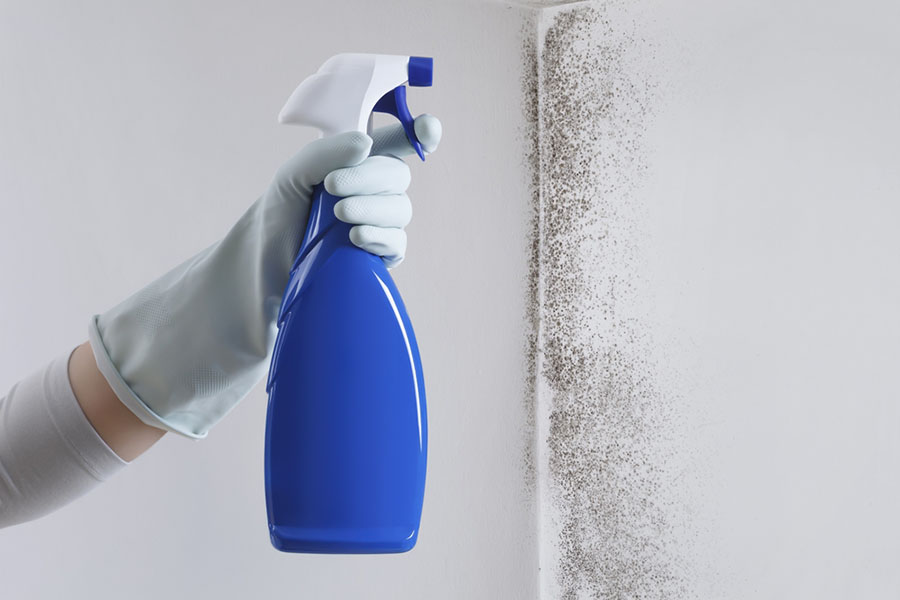
Source: shutterstock.com / Photo Contributor: amedeoemaja
Step 6: Repair and restoration
Once the affected areas are clean, dry, and mold-free, professionals begin the repair and restoration process. Damaged structural components such as drywall, insulation, or flooring will be carefully repaired or replaced. The goal is to return your property to its original, pre-damaged condition. So, do you know how to repair water damage?
Repairing water damage involves a series of tasks, including drywall installation, painting, and carpet laying. Refinishing and repainting contribute to restoring your space’s aesthetic appeal, although major projects may take several weeks to complete the full restoration.
Step 7: Final inspection and verification
The final step involves a comprehensive inspection to ensure the complete restoration of your damaged areas. Professionals will thoroughly examine your property, meticulously documenting that all issues have been satisfactorily resolved.
This final approval and verification offer peace of mind, confirming that your home or business is safe to reoccupy after the water damage incident. A walkthrough with you ensures your satisfaction, while detailed documentation serves as proof for insurance purposes. Also, warranties on the work performed may also be provided.
Water Damage Restoration Tips
- Act quickly within the first 24-48 hours to remove excess water.
- Use mops, towels, and wet vacuums to extract as much water as possible.
- Move area rugs from wet carpeting and prop up wet upholstery.
- Run dehumidifiers and fans to aid in the drying process.
- For severe or widespread damage, hire professional restoration experts.
- Proper drying techniques prevent future mold growth and structural issues.
- Document the damage thoroughly for insurance claims.
Common Challenges in Water Damage Restoration
Technical challenges
Identifying hidden sources of water infiltration poses a significant technical challenge. Equally daunting is addressing mold growth or structural compromise caused by excessive moisture.
To tackle these issues, you need sophisticated equipment and training to detect moisture levels accurately and pinpoint leaks. These tools and expertise are crucial for effectively remediating mold infestations and repairing structural damage.
Moreover, restoring your valued possessions requires specialized drying and cleaning techniques. Adhering to stringent safety protocols throughout this process is essential to ensure the removal of contaminants, control air quality, and meet all health standards.
Logistical challenges
To effectively manage complex, large-scale restoration projects, you need extensive experience. It’s crucial to document everything meticulously and adhere to insurance policy boundaries. For properties that are still occupied, your top priority is minimizing disruptions to the daily lives of residents or business operations.
You must carefully plan the sequence of your work and contain it strategically to maintain a safe environment and minimize any inconvenience to occupants until the project is completed.
Plus, seamless communication and coordination with property owners are essential. Through meticulous scheduling and logistical planning, you ensure these intricate projects progress without a hitch.
The Importance of Professional Help
Expertise and capabilities
Water damage restoration professionals undergo extensive training in the latest techniques, safety protocols, and industry standards. This expertise enables them to thoroughly assess all damage, devise effective restoration plans, and prevent additional issues such as mold growth or structural compromise.
These professionals can access specialized commercial-grade equipment, including truck-mounted pumps, high-velocity air movers, and dehumidifiers. These tools excel in extracting water swiftly and drying out moisture more effectively than you can achieve on your own. With their knowledge and capabilities, professionals ensure that every aspect of the job is handled comprehensively and according to regulations.
Why hire professionals
Taking on DIY water damage restoration might seem cost-effective, but fraught with challenges and risks. You could easily overlook subtle signs of moisture, setting the stage for future problems.
That’s where professionals come into play. They navigate the entire restoration process efficiently and ensure thorough documentation for insurance claims, saving you from potential headaches.
From addressing structural damage to tackling mold remediation, these experts have the right certifications and experience to safeguard your property. By entrusting the job to a reputable restoration company, you gain the assurance that your property will be swiftly and properly restored after an emergency, offering you invaluable peace of mind.
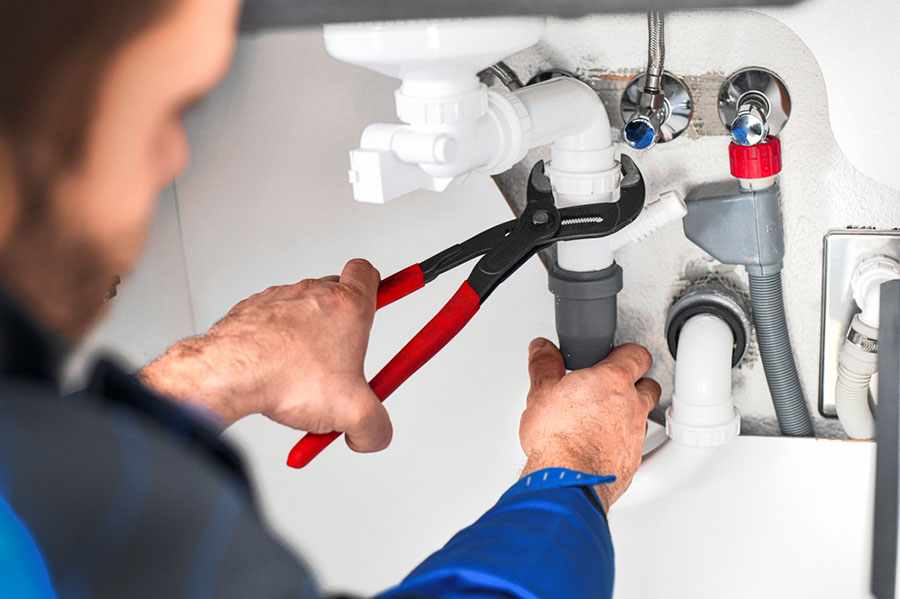
Source: shutterstock.com / Photo Contributor: Krasula
Conclusion
Water damage can have devastating effects on properties, possessions, and overall well-being if not addressed promptly and properly. Our comprehensive steps outlined in the water damage restoration process provide the best chance for a full restoration.
Each phase is vital, from initial assessment and water extraction to drying, cleaning, mold remediation, and repairs. While logistical and technical challenges exist, reputable restoration companies have the expertise, equipment, and experience to navigate complexities efficiently.
Remember, entrusting this intricate process to certified professionals allows peace of mind.
